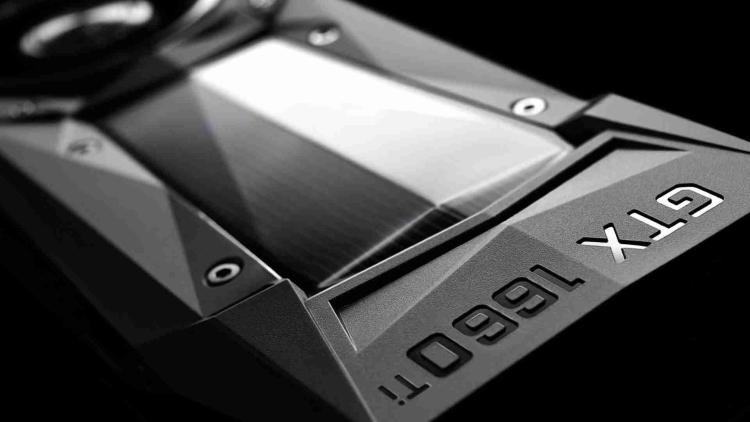For the first time in a while, my go-to GPU recommendation for most people is not an AMD RX 580. That Radeon video card has dominated the value discussion when it comes to building and upgrading PCs for years. But Nvidia finally has a product that is disrupting that conversation with its GTX 1660 Ti.
The 1660 Ti is the company’s latest GPU release. It starts at $280 and provides GTX 1070-level performance. At that price-to-performance ratio, it’s not a slam dunk in terms of value. You can get an RX 580 for $190 right now. That’s a $90 difference, which is still a huge gap when every dollar counts. And if you’re goal is to get to 1080p gaming at a solid 60 frames per second at the lowest possible price, the RX 580 is still the best option for you.
But the 1660 Ti is a viable alternative for people who are willing to spend more to get better performance now and in the future.
How the 1660 Ti compares
The current mid-range GPU market looks like this:
- Radeon RX 580: $190
- GeForce GTX 1060: $210
- Radeon RX 590: $240
- GeForce GTX 1660 Ti: $280
- GeForce RTX 2060: $350
- Vega 56: $400
Those are all actual U.S. prices for real products that you can buy today. But there’s plenty of fluctuation and variables that could affect what you end up paying in the end. They work for the purposes of this comparison, though.
The 1660 Ti is a strategic product for Nvidia. Its goal was to ruin the value proposition of AMD cards like the RX 590 and the Vega 56. It definitely succeeds at that. While the RX 590 is $40 less expensive at the moment ($240 is actually a decent price for that card), the 1660 Ti provides performance that is 10-to-20-percent faster in most games. And the $400 Vega 56, which is difficult to find at that price, is only on par with the 1660 Ti.
A $400 Vega 56 and even a $240 RX 590 just don’t compare well to the value of a 1660 Ti. Especially when you consider that a 1660 Ti is going to run cooler and probably quieter than either of those GPUs.
The problem for Nvidia is the RX 580.
Should you still get an RX 580
It’s the two year anniversary of the RX 580, and it’s incredible how nothing has come along to challenge it. One of the big reasons is that photorealistic visuals are relatively easy to render at 1080p and 60 frames per second. And the vast majority of people do not own displays with specs any higher than 1080p60. So even as new games have come along that require slightly more power, nothing is as disruptive as a mass shift to a new monitor technology.
A lot of people are beginning to adopt 1440p monitors with 144 Hz refresh rates. That new standard requires more power, but it’s not as demanding as the jump to 4K. And even as 1440p144’s popularity grows, it is still just a fraction of the total PC-gaming market.
What this means for choosing a graphics card is pretty simple: unless you have concrete plans to upgrade your monitor soon, too much extra GPU power is a waste.
This is why the 1660 Ti is just a crack in AMD’s ownership over value. You still have plenty of reasons to upgrade to an RX 580 — especially if you’re running a GTX 660 or even 770.
But I would still recommend a 1660 Ti over an RX 580 for a certain kind of gamer.
If you are someone who loves to play tons of new blockbusters, go with the 1660 Ti. The 1660 Ti is enough of a step up over the RX 580 that you’ll see your extra cash on the screen. You will have to make fewer compromises in games like Metro Exodus, Assassin’s Creed: Odyssey, and The Division 2.
And then if you do plan to get a 1440p monitor, the 1660 Ti is a significantly better option than the RX 580.

